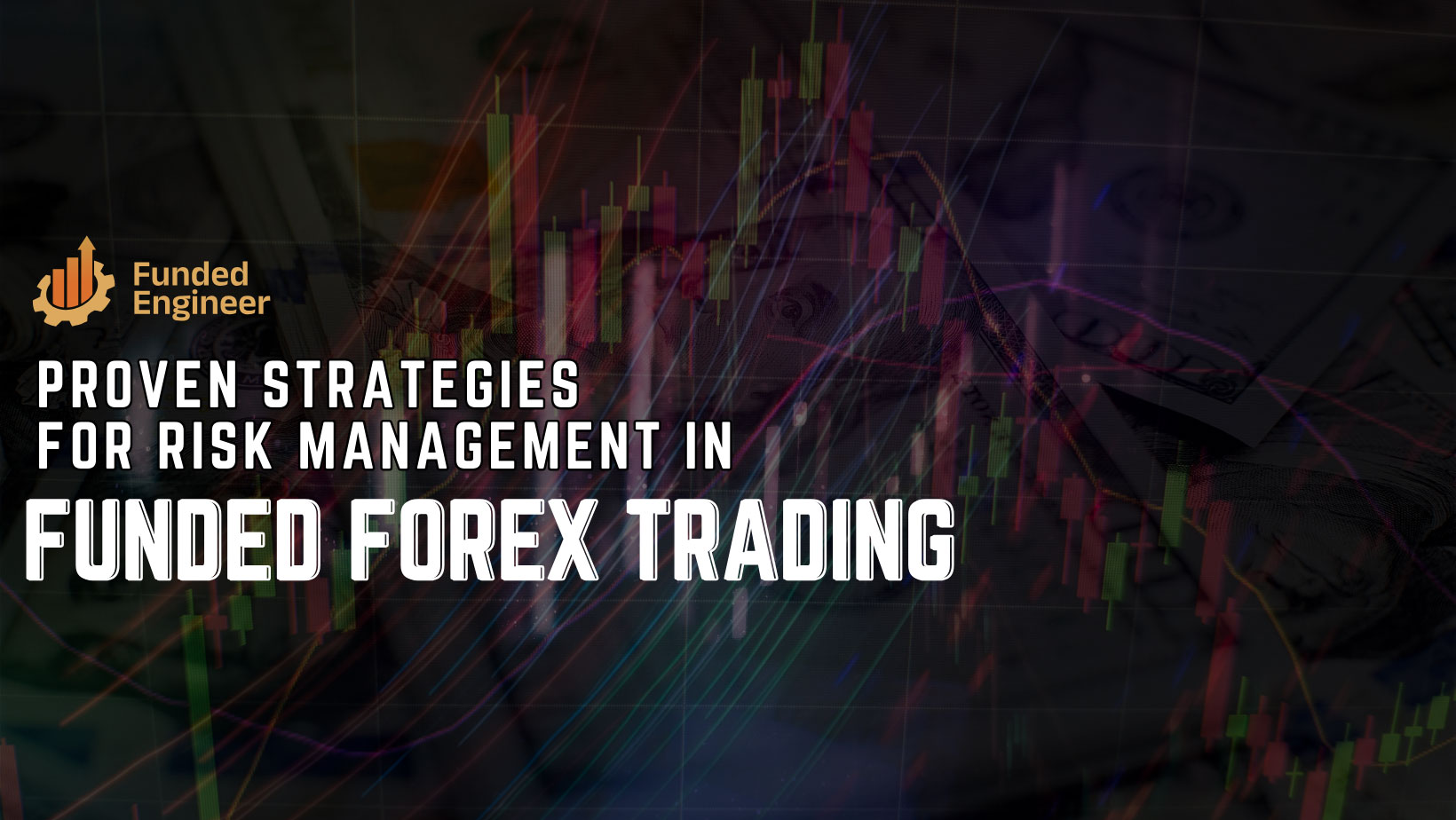In today’s blog post, we will explore the important aspects of risk management trading.
We’ll discuss what a simulated funded trading account is, the significance of risk control, and the essentials of trade and risk management for evaluation firms.
So, let’s dive in!
What is a simulated Funded Trading Account?
A simulated funded trading account serves as a financial vehicle that allows traders to participate in a simulated market using capital provided by an evaluation firm.
This arrangement offers traders an opportunity to access additional capital, enabling them to potentially generate larger profits. For example, a 10% profit on a $500 account yields $50, while the same profit on a $500,000 account yields $50,000.
To acquire a simulated funded account, traders typically have to prove their trading abilities and adhere to specific rules set by the evaluation firms to protect their capital.
Furthermore, evaluation firms charge varying fees and receive a portion of the profits generated by traders.
Risk Control in Trading
It’s crucial to recognize that risk management for a simulated funded trading account differs from managing risks in a personal trading account. When trading on a larger scale, it is prudent to exercise caution and start with a smaller account size, even if an evaluation firm allows trading with substantial capital.
Why start small?
By starting small and gradually increasing the size of your trades, you gain the opportunity to become acclimated to managing significant sums, reducing the risk of making costly mistakes.
Purchasing a $100,000 account for instance gives you a $1,000 drawdown.
Most individual traders don’t even have $1,000 of capital, and the pressure of managing large amounts can adversely affect their psychology.
When passing challenges set by evaluation firms, traders may vary their risk levels based on their trading style.
For instance, some traders choose to risk 2% during the initial phase and then reduce their risk when they progress to subsequent stages. Others prefer a more conservative approach, consistently opting for a 1% risk throughout the challenge.
Trade Management in Simulated Trading
Many novice traders often neglect the importance of having a clearly defined entry point, profit target, and stop loss before entering a trade. Such crucial elements should not be overlooked, as they provide a solid foundation for successful trade management.
Having a Stop Loss
One common mistake propagated on social media platforms involves traders avoiding the use of stop-loss orders or employing extremely narrow stop losses in an attempt to maximize potential rewards. However, this exposes traders to significant losses that can prove catastrophic.
A stop loss order serves as a protective mechanism, designed to limit losses by prompting an exit from a trade when the trader’s initial trading idea proves incorrect.
It is essential not to shy away from setting a wider stop loss to ensure adequate risk management. Sacrificing risk management for the sake of obtaining larger potential profits rarely ends well.
Profit Factor in simulated market trading
For simulated market traders to be successful, they need to maintain a positive profit factor, which determines the profitability of their trading strategies.
The profit factor is calculated by dividing the total amount generated from winning trades by the total amount of losses incurred.
For instance, if a trader makes $2,500 in profits and $1,200 in losses during a month, the profit factor would be 2 (2500/1200).
This means that the trader generated profits twice as large as the total losses incurred.
Similar to poker, where skilled players focus on making the best choices with the cards they have, simulated market traders must separate luck from strategy and make informed decisions based on data-backed approaches.
Conclusion: A Winning Combination for Trading
Successful simulated funded traders frequently emphasize the crucial role of psychological factors in trading.
Maintaining a stable source of income and ensuring a financial safety cushion of a few months’ worth of savings are vital considerations.
It is essential to dispel the misconception that trading should replace one’s primary income.
Instead, it is an opportunity to supplement existing income with well-founded trading strategies, backed by data and a positive profit factor.
Adopting this approach, traders gain a significant advantage over those who merely gamble on their challenges.
By employing effective risk management techniques, adhering to trade management principles, and focusing on proven strategies, traders can embark on a path towards success in trading.



